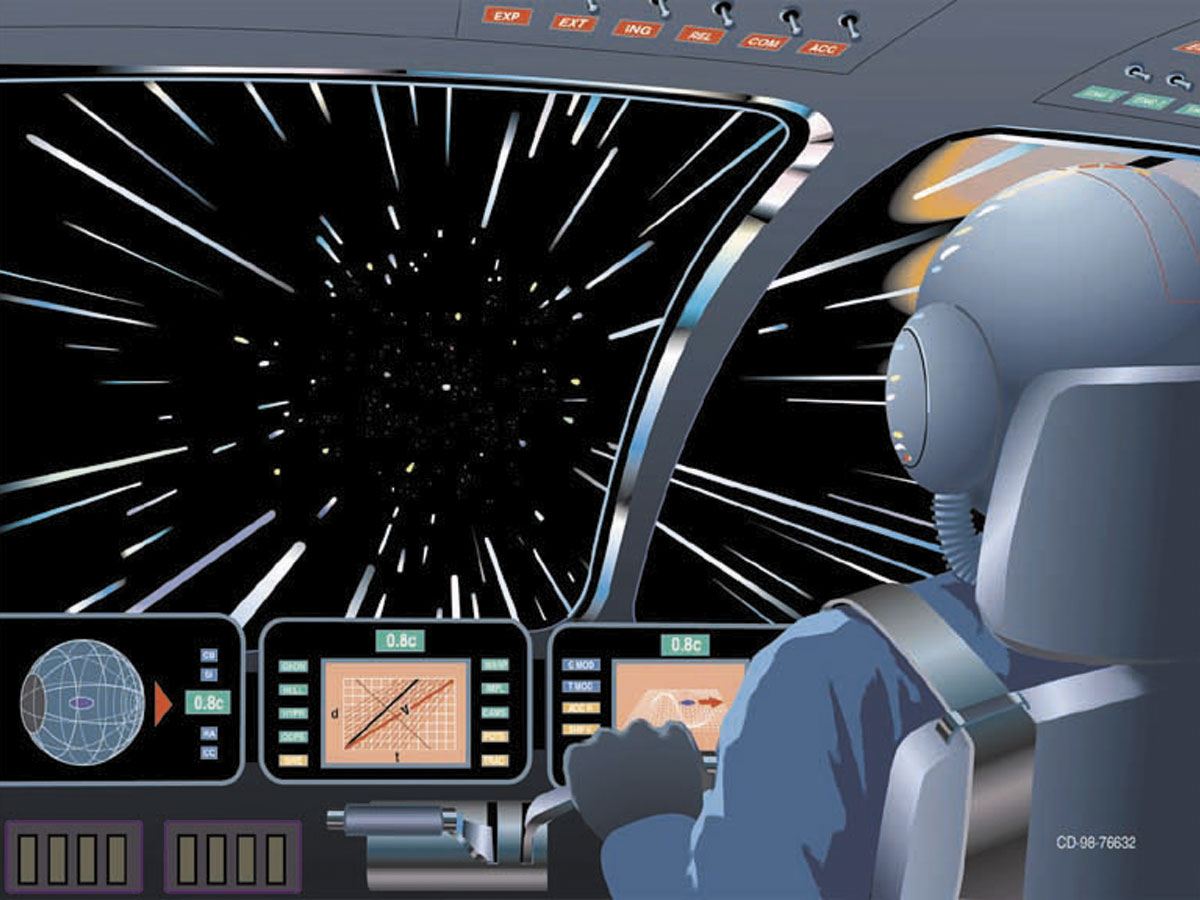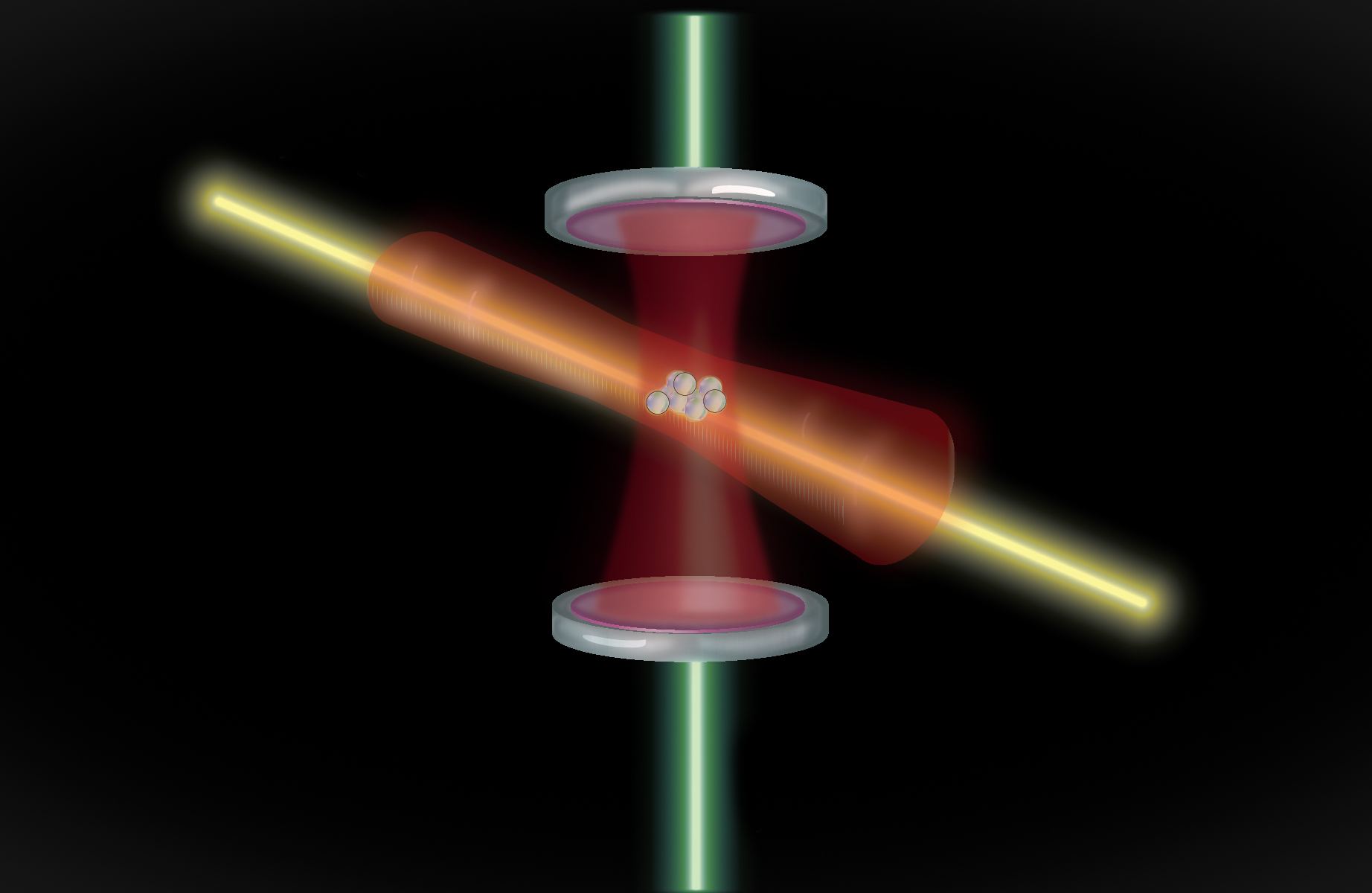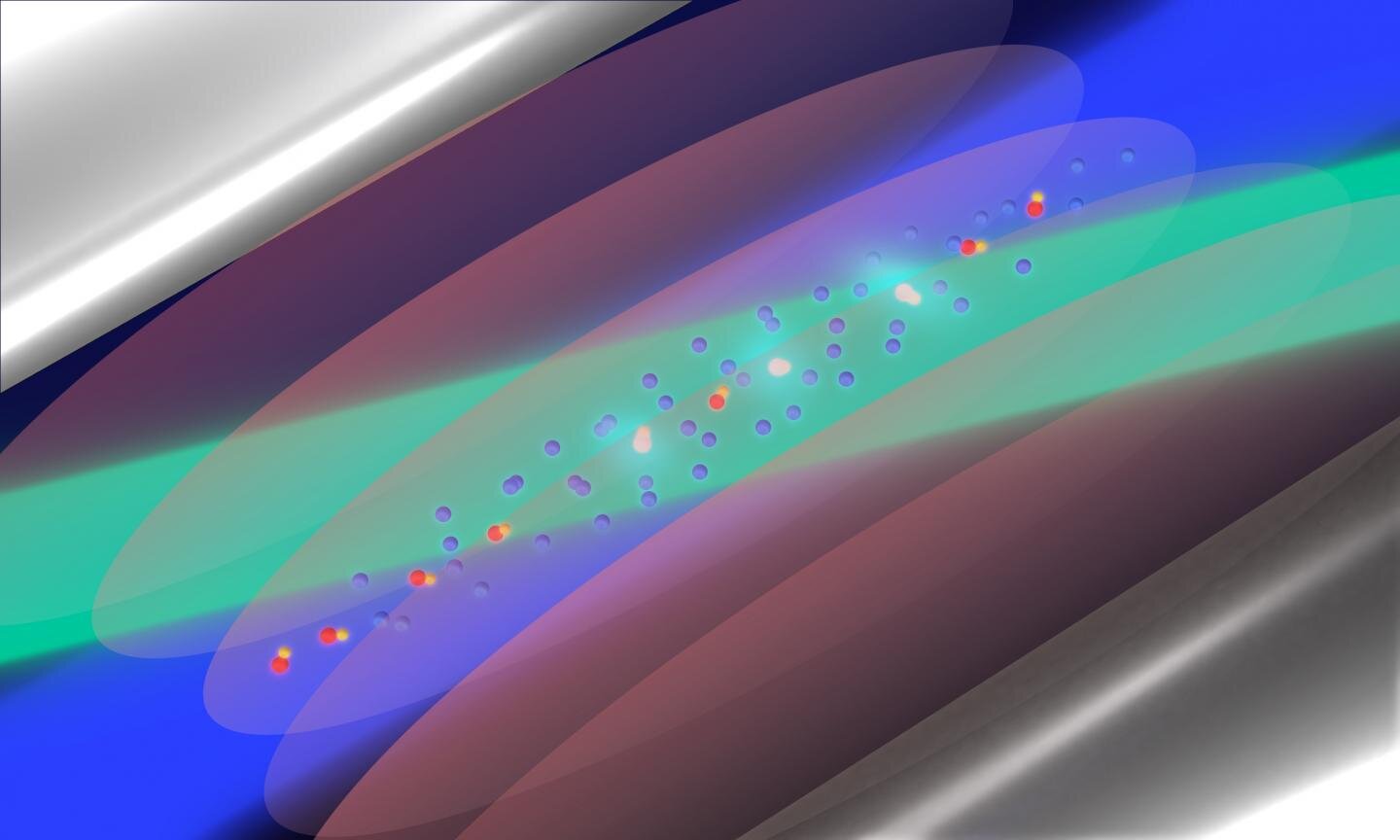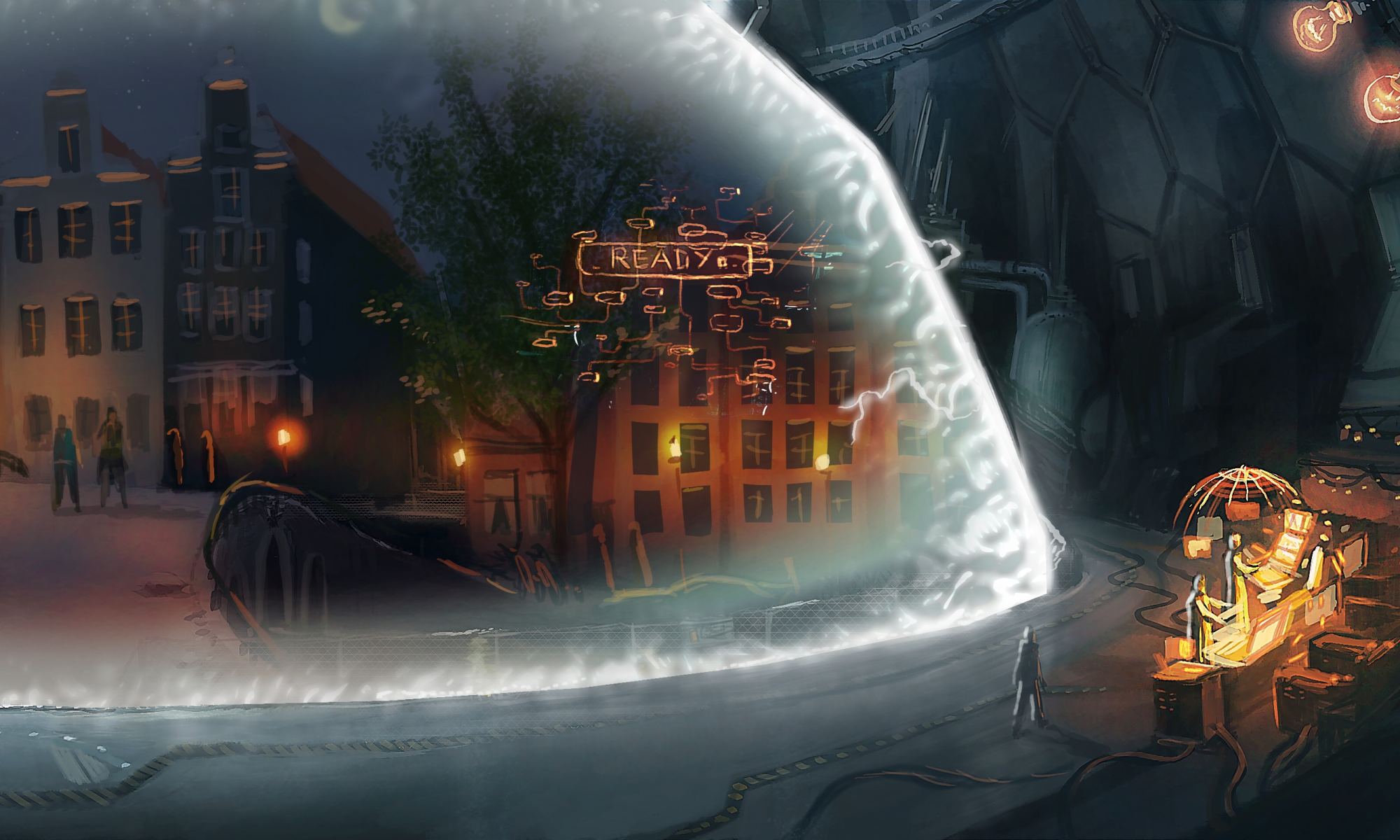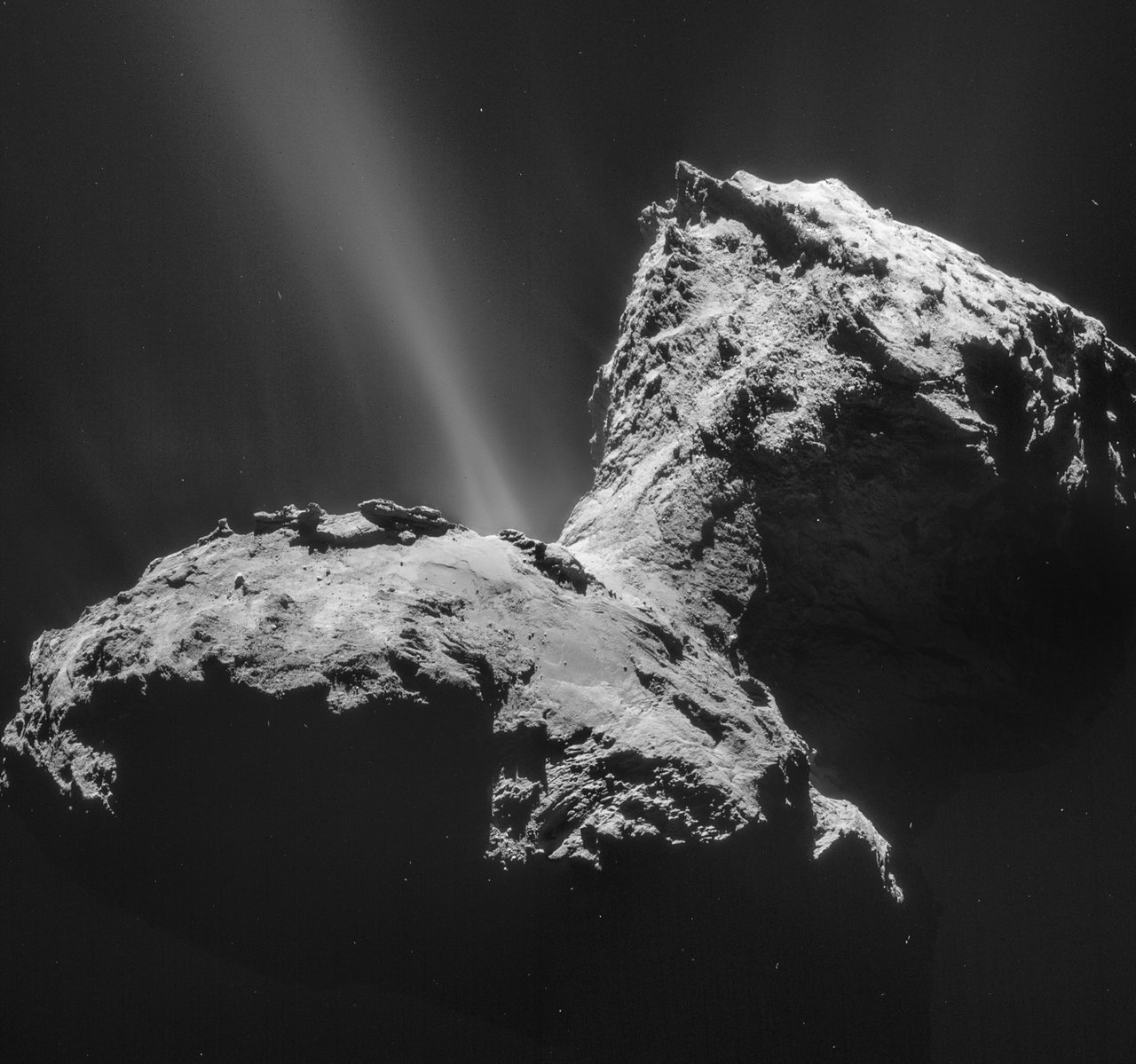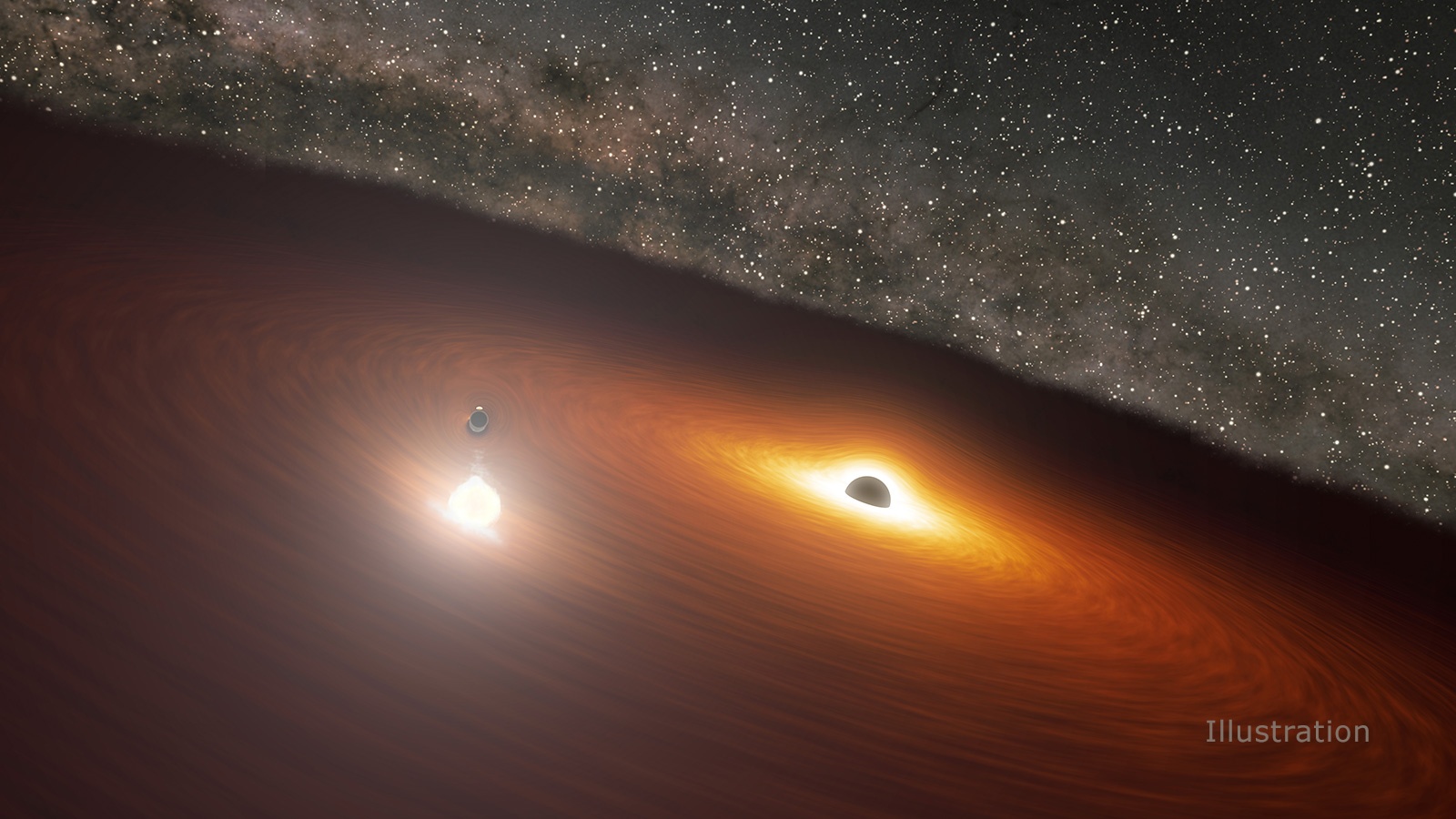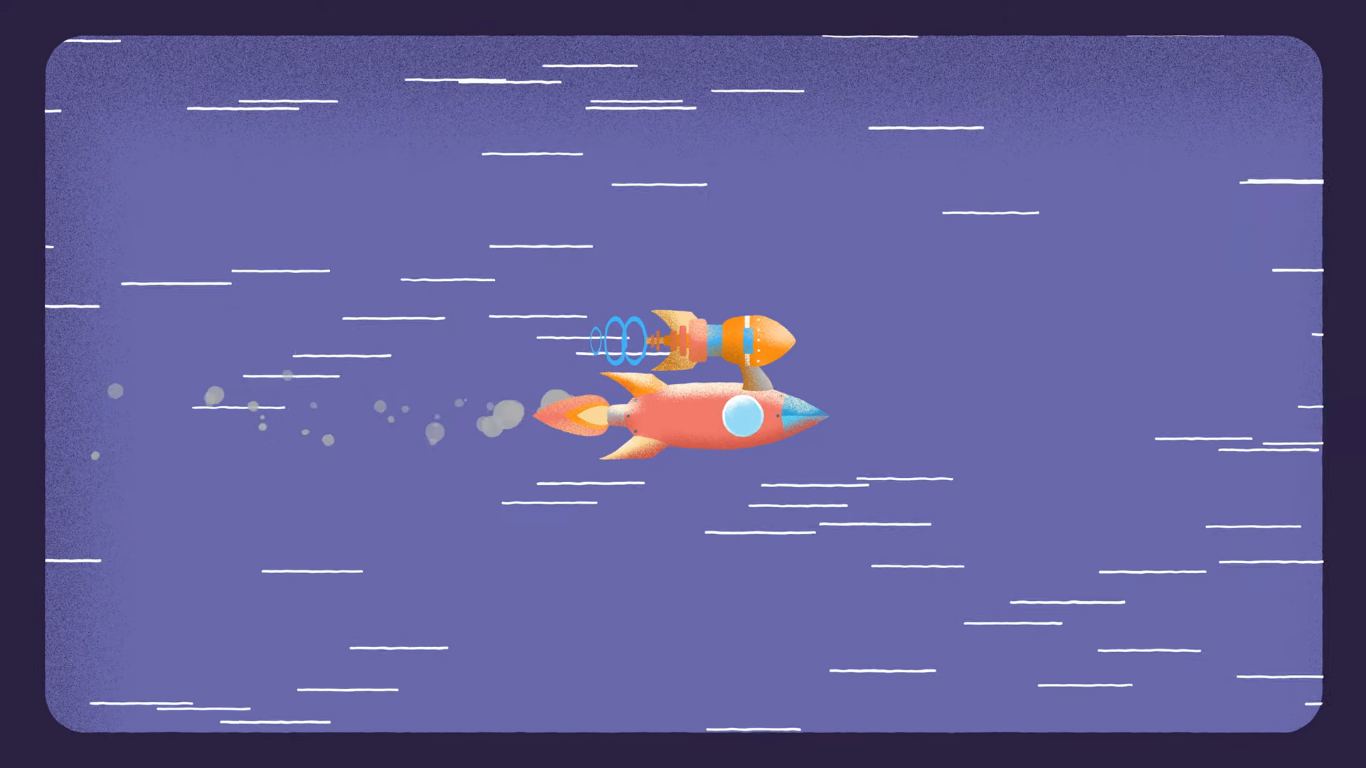Causality is one of those difficult scientific topics that can easily stray into the realm of philosophy. Science’s relationship with the concept started out simply enough: an event causes another event later in time. That had been the standard understanding of the scientific community up until quantum mechanics was introduced. Then, with the introduction of the famous “spooky action at a distance” that is a side effect of the concept of quantum entanglement, scientists began to question that simple interpretation of causality.
Now, researchers at the Université Libre de Bruxelles (ULB) and the University of Oxford have come up with a theory that further challenges that standard view of causality as a linear progress from cause to effect. In their new theoretical structure, cause and effect can sometimes take place in cycles, with the effect actually causing the cause.
Continue reading “Quantum Theory Proposes That Cause and Effect Can Go In Loops”


